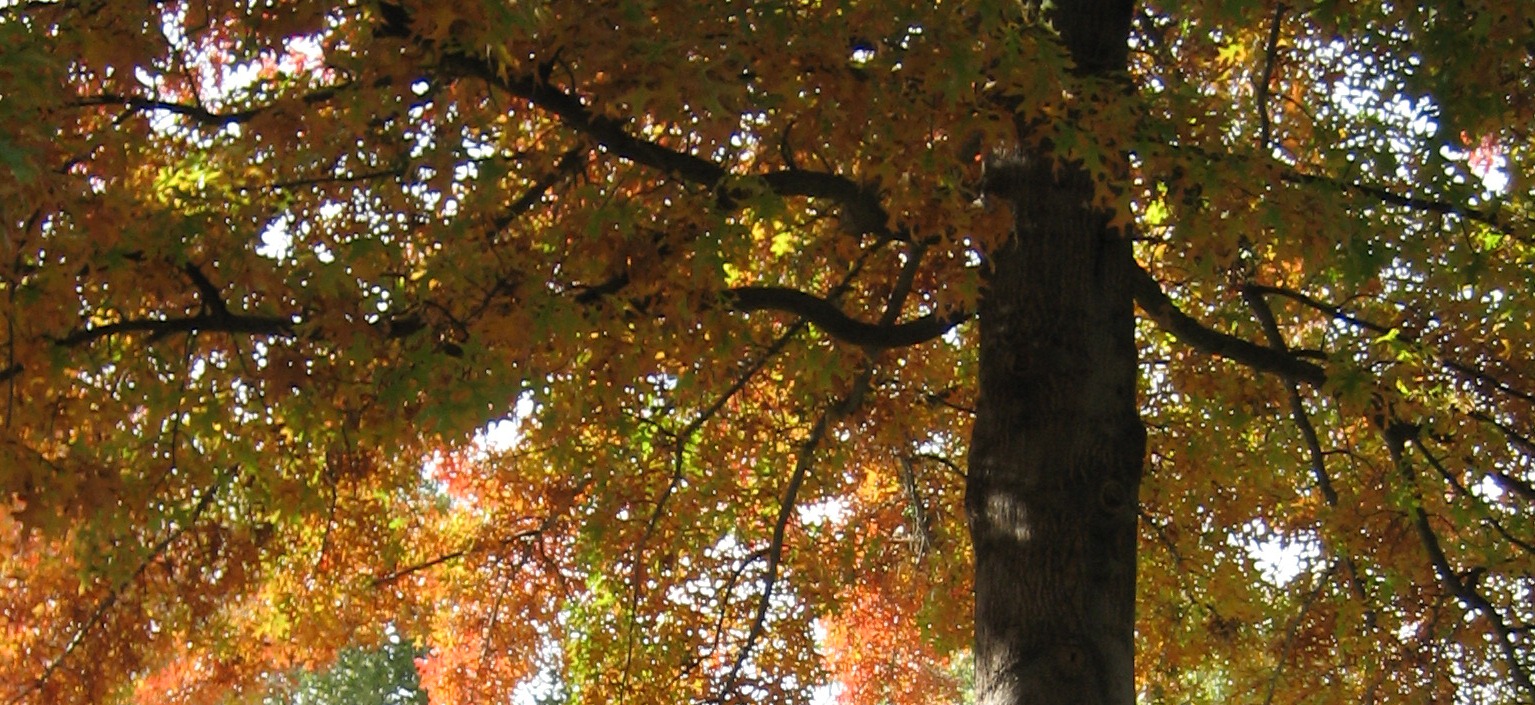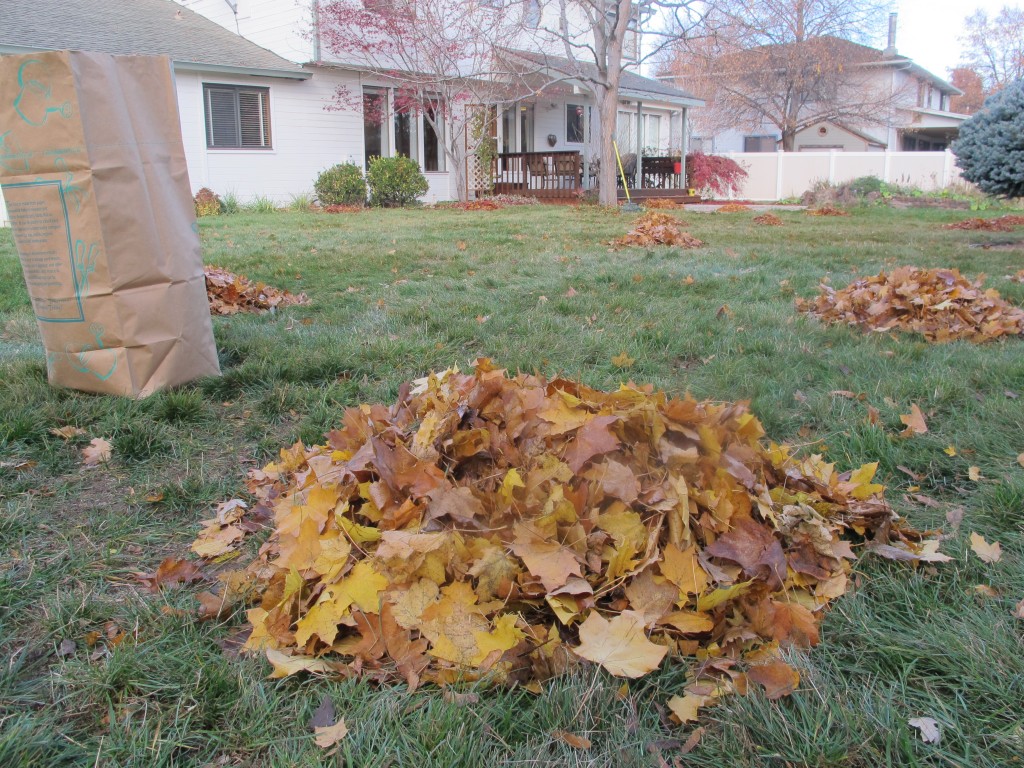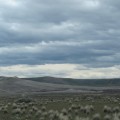Boise’s nickname is the City of Trees. Trees everywhere you look. Fly into Boise and you don’t see a sea of buildings, you see a sea of trees. It’s a gorgeous city. As a result, if you live in Boise your yard likely has several trees. My yard has ten. Five are taller than my two-story house. That means come fall, we’re buried in approximately twenty-five tons of leaves.
Having moved from the low-desert region of Arizona (think saguaro cacti and Wile E. Coyote), I was not previously accustomed to the labors of fall. If this is a foreign concept to you as well, let me clue you in to a few intricacies.
1. You never get rid of all the leaves. They hide out in your flower beds and mate in the spring along with everything else.
2. On trash pick-up day, for two weeks each fall and spring, you line your curb with all the leaf bags you can manage and the city will pick them up for free. However, you’re bound to have one tree that drops all its leaves AFTER these free pick-up weeks. It will be the biggest tree in your yard.
3. You do not want to bag your leaves in black plastic lawn bags. The city only picks up the brown paper lawn and leaf bags. They look like giant lunch sacks and can be found in pretty much any store you walk into.
Incidentally, these bags are a wee bit awkward to get all the way open. By awkward, I mean completely irritating. I wrote a poem about it entitled “Death to the Brown Leaf Bag.”
4. From what I can tell, the leaf-raking population can be divided into two types: big pile people and small pile people. Big pile people, bless them, create mammoth piles of leaves in their yards. These monuments to fall are immortalized in comic strips everywhere, usually accompanied by a mischievous child ready to blow all that hard work into next spring. I tip my hat to the big pile people. I don’t know how they have the stamina.
I’m a small pile person. We have a support group that meets the first Thursday of every month at the Flatbread Pizza Company, drinks provided. (I’m kidding. You have to buy your own drinks.)
Speaking of first Thursdays, let me share a few more things about Boise.
Like most big cities (and several small ones) Boise embraces its art culture with late-night gallery hours, events, and readings all over town on the first Thursday of every month. This did not surprise me, but what would a newcomer’s guide be without mention of First Thursday?
Likewise, no newcomer’s guide would be complete without a vocab list. (Right?) Here’s a brief guide to Boise terminology:
The Flying Y. This is what the locals call the freeway that runs through town. (Also, they don’t call it a freeway, they call it a highway.) One arm of the Y dead-ends in downtown Boise. It’s actually pretty convenient.
May I digress to discuss a quirk I do not find convenient? Unlike the grid street system I’m used to, many Boise streets are tricky little chameleons. Like the staircases at Hogwarts, the streets here seem to rearrange and change names when you’re not looking, or at least that’s how it seemed to me when I first moved here. Glenwood turns into Gary, Veterans Memorial Parkway morphs into 36th Street, and let’s not forget the streets that seem to intersect with themselves. I live less than a quarter of a mile from the intersection of Shamrock and Shamrock.
That being said, Boise is a small enough city that if you get lost it’s not hard to get found again. And the partial overlying grid system (bless you, Franklin) is a good enough guide once you figure it out.
There’s nothing quite as delightful as getting lost in Boise anyway. You’re likely to stumble upon a tucked-away restaurant that serves the best food you’ve ever had. Until you find the next restaurant. We often try local eateries without foreknowledge or recommendation and rarely go wrong.
However did we get distracted from the vocab list? Let’s continue.
The Hole. When you hear someone talk about the hole, it’s not a euphemism. (Unlike Mix 106 DJs Mike and Kate talking about taking a trip to Oklahoma, which is a euphemism.) No, the hole refers to the new high rise on the corner of 8th street and Main, or rather, the hole that was there before the high rise came to be. For a long time, the only thing in that location was the excavated foundation for some other high-rise project that never got off the ground (no pun intended – Oh, who am I kidding, I totally did that on purpose).
How long does a hole in the ground need to exist before it’s no longer “a hole” but known to the entire city as “THE hole”? I don’t know when it started, but that sucker was there for something like a decade before Zion’s Bank figured out how to fill it up.
Maybe it’s just me, but things like the story of the Hole endear me to Boise. This city has spunk and personality without being pumped up on inflated ego. I feel at home anywhere I go. So if you’re ever a newcomer to the city, I’ll join my fellow Boisians in welcoming you.
Now where did I put that rake?






